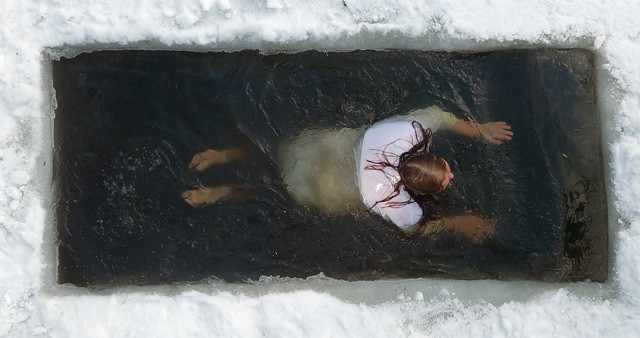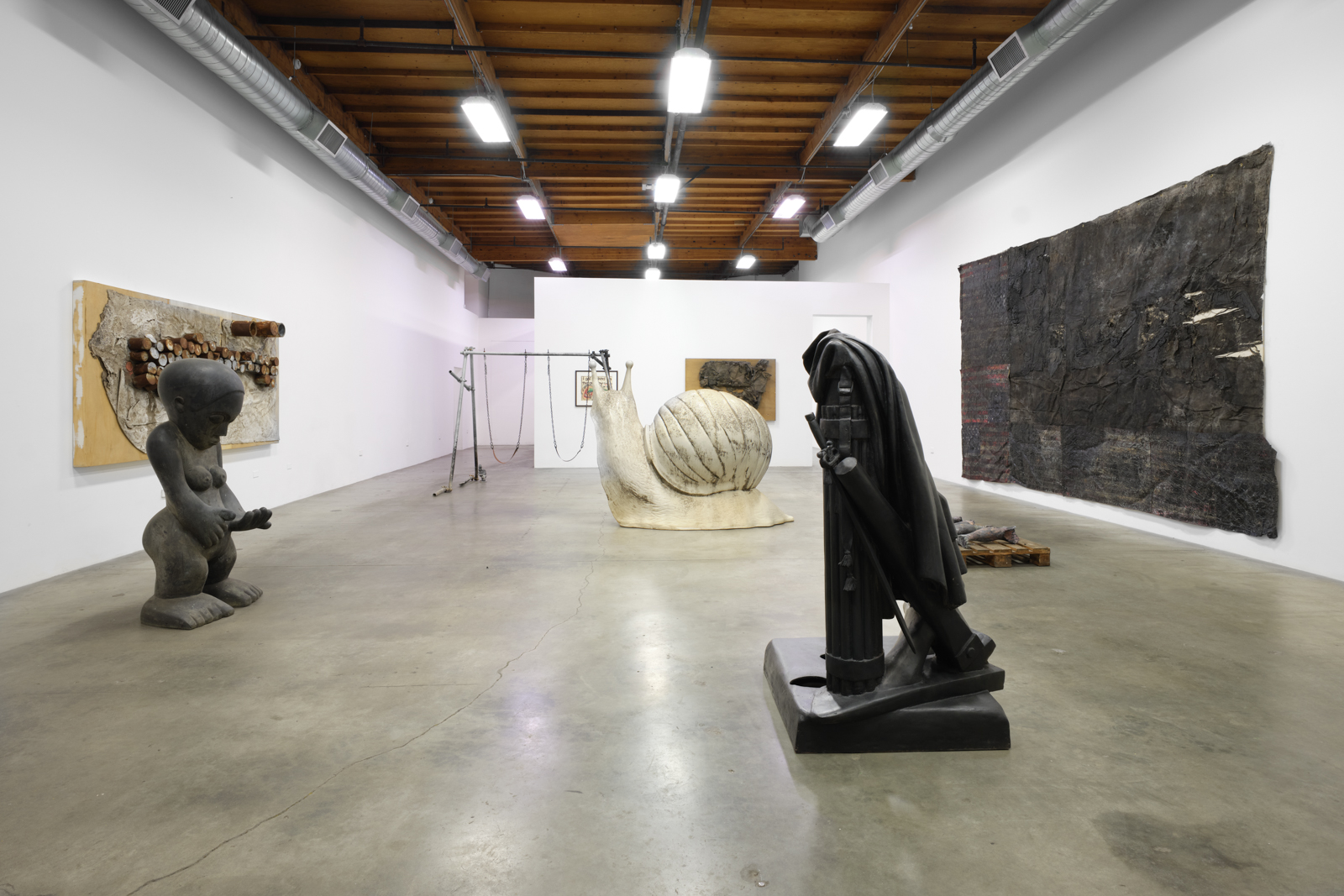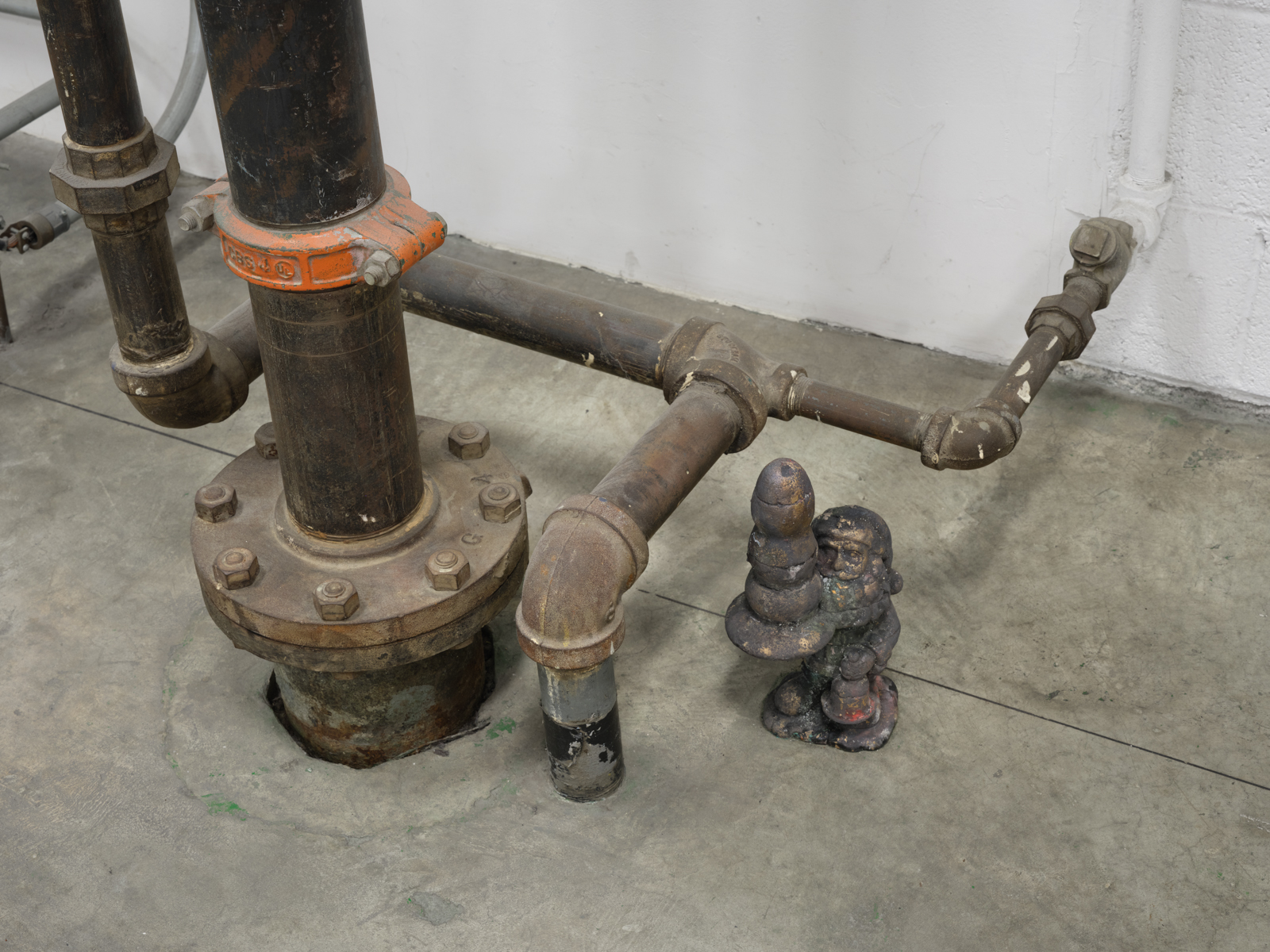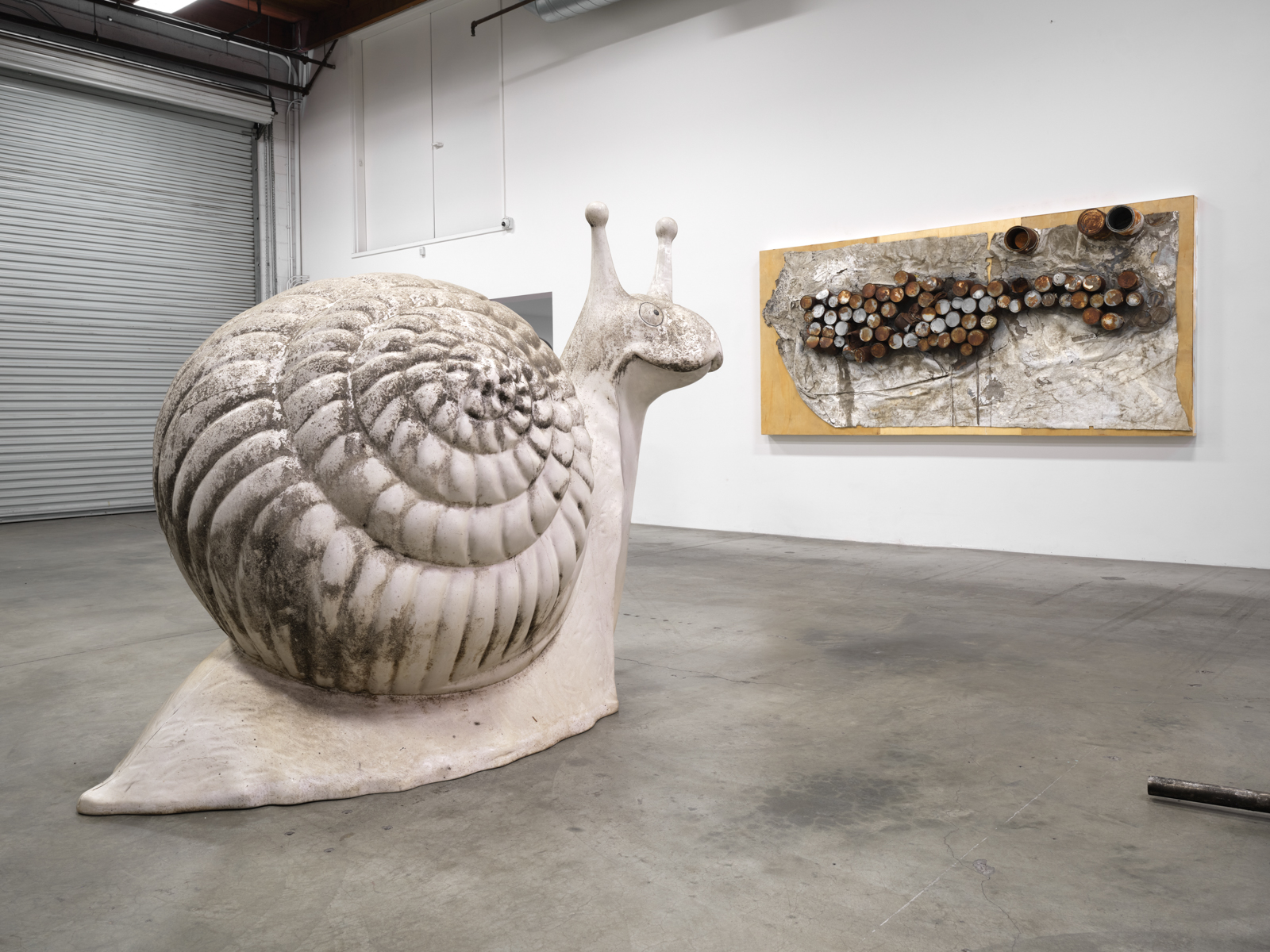CLASSIC PARIS
Read the interview, and don’t forget to stop by the office Newsstand to get your hands on some CLASSIC PARIS drops.
When did you first become interested in books or print as a medium?
I’ve always been into printed matter—I used to collect comic books when I was a teenager. My earliest memory of book obsession was with them. I used to arrange them on my shelf. I discovered that one writer would work with different artists and vice versa, so I’d organize my comic books according to who worked with who—finding connections between each of the artists. As far as I can remember, I’ve been obsessed with who is doing what, book-wise.
So, even when you were a kid you were thinking about how all of this works?
Yes—how things connect and how you can open doors through discovering one specific subject, or one artist, and where their books can lead you. You want to buy a book and when you go to the book shop you realize that this artist has this book, and another, and another. Through books, you can travel and discover new worlds. I guess that’s what we call culture. I think that’s how I got into—through books and music.
When did you start CLASSIC?
I started in 2010. I grew up doing graffiti in the ‘00s—hip-hop and graffiti were big in France, especially in Paris. So, I got into graffiti writing and stuff like that. There were also some major exhibitions held in Paris around graffiti and it was all super cheesy. Of course, it’s polished and ‘more beautiful’ to just appreciate the aesthetics, but the beauty of graffiti comes from the gesture, the vandalism, and from being out in the streets doing illegal stuff.
Being disruptive.
For no reason. There’s no politics in it. It’s political act, but there is no political idea within graffiti, and I think that’s the whole beauty of it. So, I kind of felt, if I don’t see what I want to see then I should just start to make it. But I came to realize that it’s really hard to do stuff. So, that’s how it began.
It started out as more of a reaction then?
Exactly—a reaction.
And the CLASSIC PARIS bookshop came out of that?
We opened the book shop two years ago. At a certain point, the shop was just a natural evolution of the CLASSIC project. We had already done some books, some exhibitions and some collaborations, and I felt we needed a window to really show what our idea was of the art scene and what surrounded us. And since putting out books is really slow, it’s really expensive. It was also a matter of being faster and gathering as much stuff as possible to put out.
We really wanted to push the idea of an art scene and also connections, once again. We can put some books out in the world besides our own that explain the connections and how we jump from one project to another. ‘Cause if we just release two of our books—say there is one with a techno producer, and one with a fashion photographer, and the gap between subjects is too wide, we can just simply fill it in with two or three other titles from two or three other publishers or artists that explain the whole link. That’s why we did the shop. It’s really important to us—it’s like creating the inside of our heads. It also serves as a document of where we travel and everyone we’ve met—it makes everything straightforward and accessible. It’s the way we want to live, and it’s made up of the things we want to be part of, and the things we want to showcase.
Do you have any other favorite bookstores around the world that you love?
Actually yes, quite a few. Well not that many—there are still a few people resisting the book crisis. There is definitely one in Paris that we look up to called Yvon Lambert. Colette used to be big. We’ve been really close to Colette from the start, and Colette was super supportive of our publications from the beginning. There’s Dashwood in New York; Printed Matter, of course—they’re like the masters of the game. There’s Donlon in London, which is amazing, and also Claire de Rouen, which is super important. We have our friends from Batt, in Montmartre. Those are the names we feel close to.
What do you look for in the books that you bring into CLASSIC or that you like to publish yourself? You already highlighted the importance of stringing together pieces of culture.
Exactly, and if we were to answer the question strictly from the point of bookmaking, we have great taste for little details in the making of books. When you look at a lot of the titles we publish, everything has a little detail. For example, the one we did with Pablo Tomek where we re-cut the cover to make the inside design visible. There’s also a catalogue we did with photographer Asger Carlsen that has a natural latex sleeve which we hand-glued to the cover. There’s a book we did with FUZI, which involved a collaboration with Krink ink, who provided markers, and we hand-painted the edges of the book so it looks like all those old soap books from the ‘70s. It’s bright orange, as that’s the subject he’s talking about in the book—the commuter trains of his childhood had orange seats. It was cool because it was also a great way to keep contact with the current graffiti scene. Krink is so New York, and Fuzi is very about Paris, so it was interesting to do the book together. And we launched the book at 8Ball Newsstand so it all connected. All books are industrially made and we like when the process includes an element of craft, so it has to be made by hand. Specifically, with this one, we painted the edges of 300 copies.
It makes a difference, for sure.
It felt like a good idea when we first did it. Like, ‘Oh we can hand do it!’ But then they delivered the 300 copies, and we were like, ‘Oh shit.’
Is there any specific art book or zine that changed your life?
Yes. Since I’ve been talking about graffiti and craft and all of that—there’s this one book made by ADAMS called King Size, and each copy has a different cover made out of retrieved cardboard from the street. The whole subject is about craft. He made these jumbo, custom-sized markers and sent them to Sace—Dash Snow in New York—one to Barry Mcgee, and one to O’Clock in Paris. So, he picked several writers from around the world and sent them this marker, and asked them to document their action with it. He then gathered all the images and it was printed on newsprint, black and white only, mostly handmade. This is exactly what I like about graffiti writing—it respects vandalism and takes vandalism as art. The result is super beautiful and handmade, and it has soul. King Size really embodies my taste for publishing and graffiti. I’m also into art, in general. For art, I have plenty and plenty of references, but for publishing, it’s that book. He also self-published it, so I realized you can be alone and do something on your own that makes a difference worldwide.
What do you think if the future for print?
I think there’s room for it forever. There will still be people interested in holding physical stuff that has soul—it’s a transmission of an idea into the shape of something. Of course, the way we read, the way we consume books, and information, and art, and images, and everything—all of that changes a lot, and super fast with the internet. For example, when we start a project this is the conversation we have: ‘Is the book worth it, or can it just be an Instagram account with just this series of images? Do we need to cut trees to print paper for this subject?’ We have this in mind each time we put out a project—we really think about the final object. We’re geeks and collectors, so we always think about us in the first place—would we buy what we’re going to put out? If we discovered this finished, would we be the first client for it? We always try to keep that stuff in mind.
It’s like, nobody buys physical music anymore, but vinyls are still the thing. That’s how you discover music, even if you can access worldwide music online. You need people to introduce you to music, and those people dig in crates and discover things. On the album covers you have information—that’s why album covers are as important as books—you have all the credits to discover. Like Nas being involved with the members of Mobb Deep—that’s how you discover that Queensbridge is a whole scene. You can get all these little details from a record cover. So, I think books, records and physical objects related to culture will last forever. It’s what will remain, even if everything is digitized, because we will always go back to what was physically produced to get information.
So, you still buy actual books.
I could spend hours at The Strand digging for vintage books—it’s crazy how many things there are to discover still about our past. Things that predate the internet and have not wound up there. There is still the need for holding a piece of something. Why do we still print photos? Because there is a need. There is so much information. You can then go and dig through the web about something you hold in your hand. Definitely, physical objects are the bridge to access culture. Like with music, nothing will replace going to a live gig. You could have access to the music 24/7 online, but actually going to a physical gig and experiencing music live, and feeling it physically is unique. Holding a book, buying a book—it’s the same thing; it’s something you own. Maybe the whole difference between objects and digital media is that nobody owns anything. It’s there, it’s accessible, but you don’t own it—it’s like a forever rental. But I think the feeling of possessing something is a basic human feeling that you can fulfill with a book. You can discover a lot online, but sometimes you need to stop and spend money on something, and hold it, and keep it, and bring it back to your place to experience and share.
Photo from 'À l’origine est venue l’idée…' by Clement Pascal; available through CLASSIC PARIS.









































